- This topic has 2 replies, 2 voices, and was last updated 4 years, 6 months ago by
 Spencer Burton.
Spencer Burton.
-
AuthorPosts
-
May 28, 2021 at 12:58 pm #18143
Grant Bach
ParticipantSo in the example it says:
“The investor now is not determining his own price using his desired discount rate, so he needs to figure what the project’s Internal Rate of Return is.”
Why is he/she not deterring their price based off the desired discount rate.
Where are they getting this $5M number from, what metric is making them comfortable at that price?
With the future cash flows, how are we getting that number. Cash flow in the current year is $215k? If that is true how are we coming to the conclusion that the cash flow will grow by $5k in year 2 and will decrease by $40K in year 3?
So if we held the building for 5 years we would cash flow. $215,000 (Year 1) + $220,000 (Year 2) +$175,000 (Year 3)+$265,000(Year 4)+ $280,000(Year 5) + $600,000 (Difference between Purchase Price & Sale Price). Why is the Total Cash Flow not equal to $1,755,000.
Thank you,
Grant
Attachments:
You must be logged in to access attached files.
May 28, 2021 at 1:08 pm #18147Grant Bach
ParticipantI have no idea why the formatting was presented like that on the top paragraph?
I’m also confused because I didn’t type this yet it’s included in my question?:
“The discount rate at which the net present value of an investment is equal to zero. The internal rate of return is a time value of money metric, representing the true annual rate of earnings on an investment. In real estate practice, IRR is used together with other return metrics such as(…)“>internal rate of return is based on a $5MM purchase price and the projected cash flow.”
Who included this statement in my question? I didn’t type that.
May 29, 2021 at 9:36 am #18151 Spencer BurtonKeymaster
Spencer BurtonKeymasterWho included this statement in my question? I didn’t type that.
That’s odd. The text comes from our Glossary of CRE Terms, and a feature of the website automatically adds a link on Glossary terms to each term’s respective glossary page. It seems that feature automatically added the definition of the word to your post – first time I’ve seen that happen in two years!
Why is he/she not determining their price based off the desired discount rate?
Oftentimes, you already know the “price”. Either that price has already been paid (i.e. analysis post-purchase), or the seller/broker has set a price and you want to understand the return of the investment based on that price.
In this case, you would not determine the price based off the desired discount rate. You already have the price. Instead, you will be calculating what discount rate (i.e. Internal Rate of Return) would have been used to arrive at that price. Or in other words, you would be calculating the return of that investment, given the price.
Where are they getting this $5M number from?
Per the text of the lesson:
“Let’s continue with the example from the previous lectures. Only this time, our investor has heard that to remain competitive he will need to submit an offer of around $5MM. So, he goes to his DCF model and plugs in the $5MM purchase price.”
The investor now is not determining his own price using his desired discount rate, so he needs to figure what the project’s internal rate of return is based on a $5MM purchase price and the projected cash flow.”
Or in other words, the $5 million is the asking (or whisper) price that the seller/broker has set for the property.
What metric is making them comfortable at that price?
They don’t know if they’re comfortable with that price, yet. In order to discover if they’re comfortable with that price, they would calculate the internal rate of return of the investment, at that price, to see if the resulting IRR matches their return expectations.
Again, think of this exercise as the inverse of the Present Value calculation. We use the Present Value formula to calculate the price that we must pay in order to hit some target return (i.e. Discount Rate).
But if the price is pre-defined for us, we use the internal rate of return calculation to calculate the return we would get from an investment, based on paying that pre-defined price. And then we ask ourselves, is that return sufficient (i.e. does it exceed our target return) to offset the risk we’re taking to make that return?
-
AuthorPosts
You must be logged in to reply to this topic. Login here
